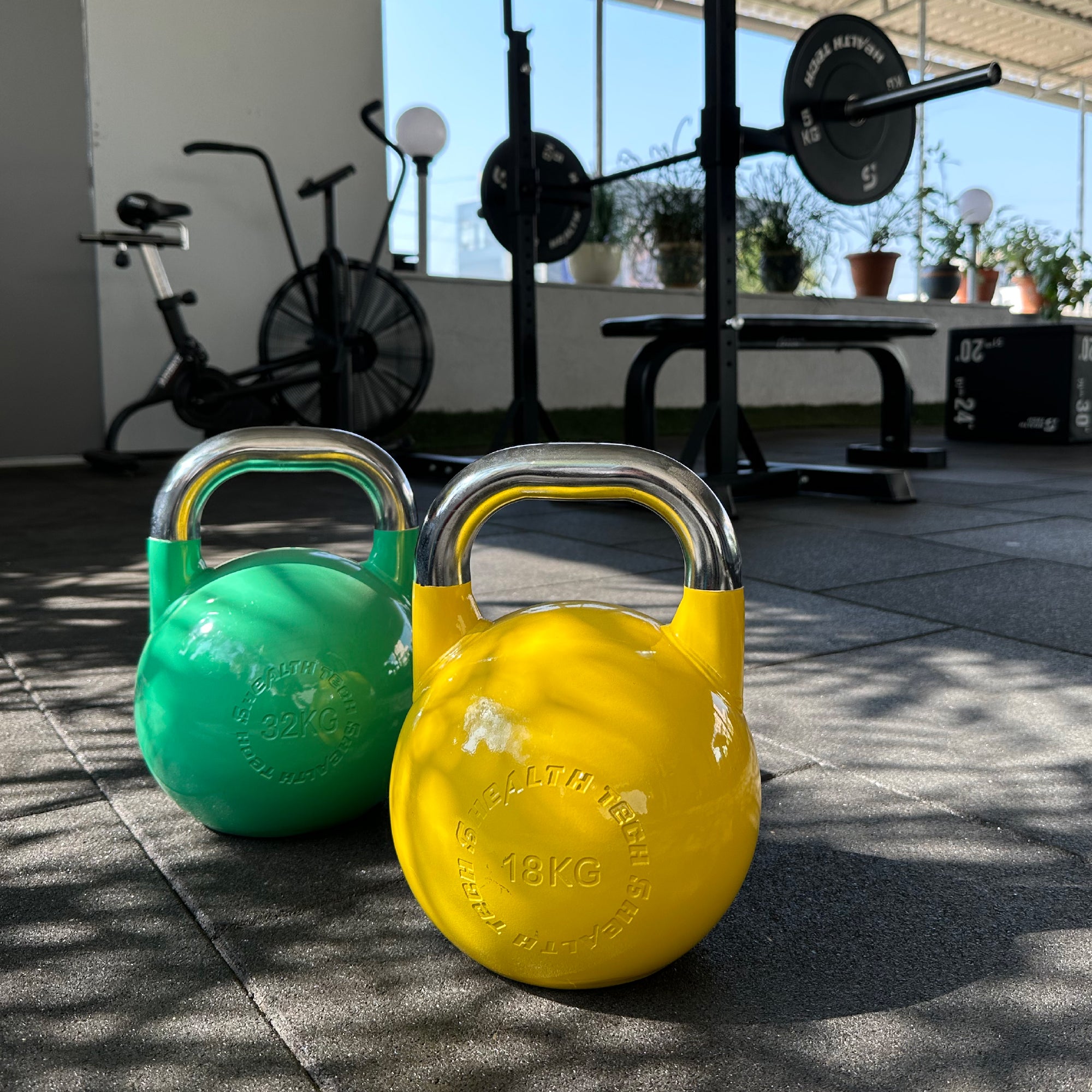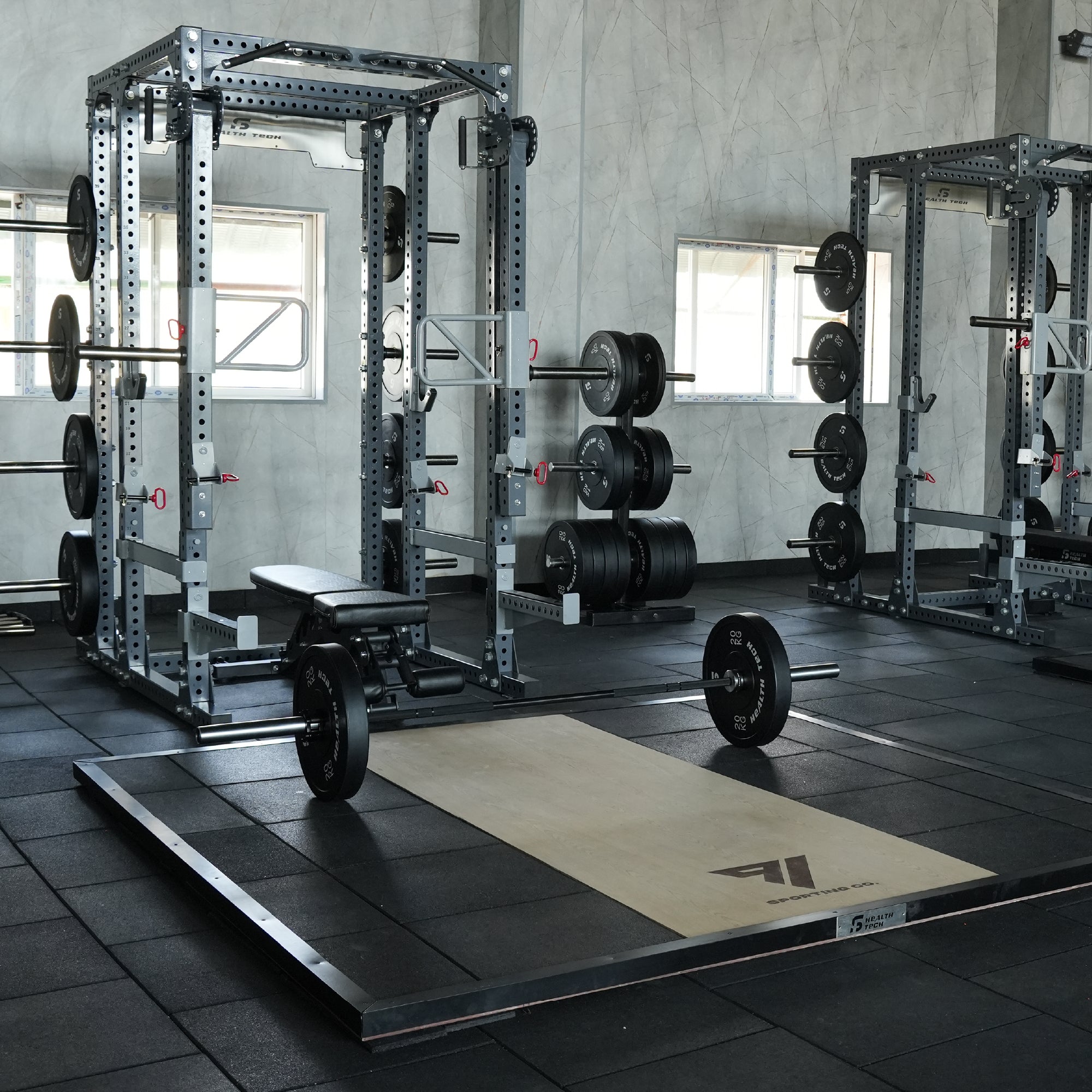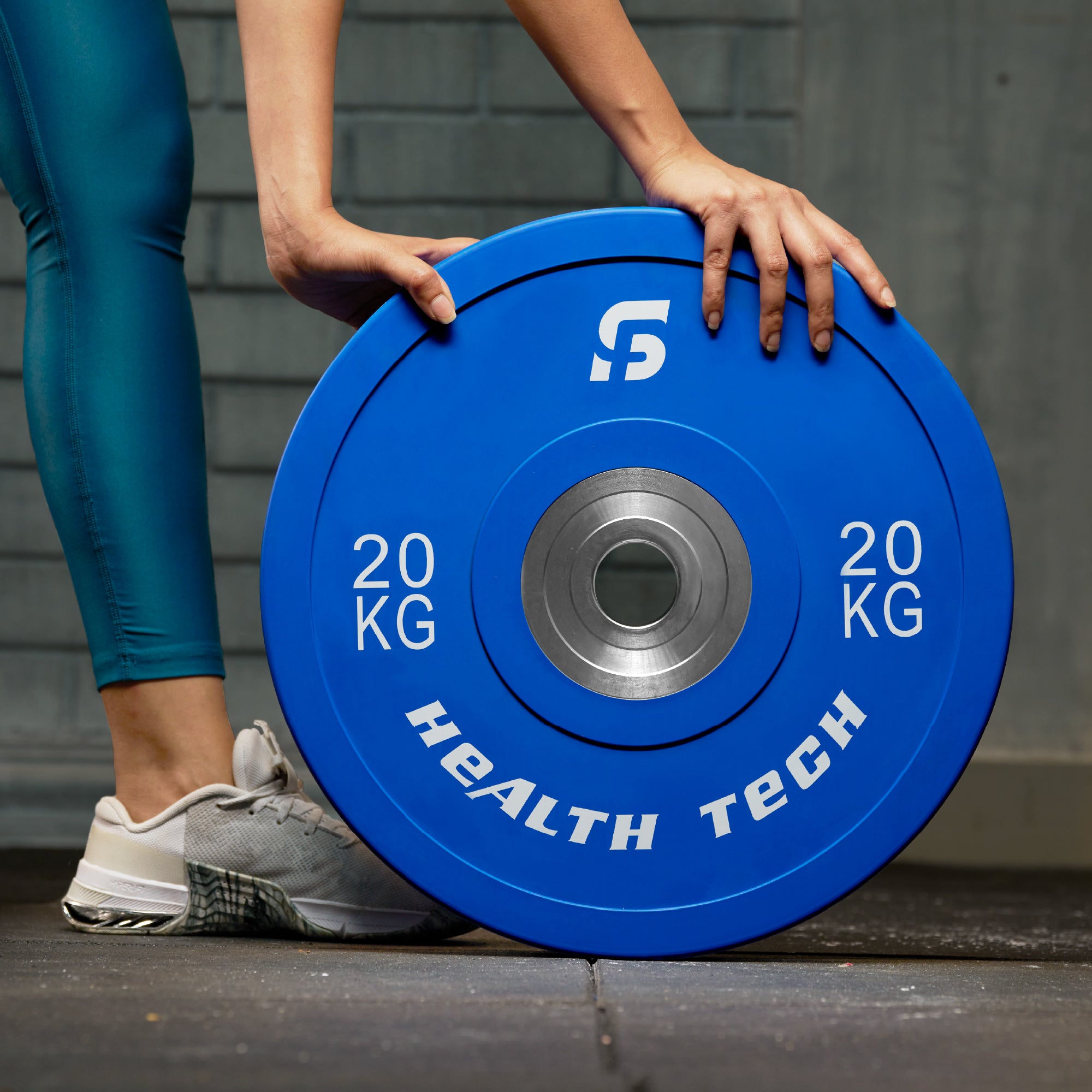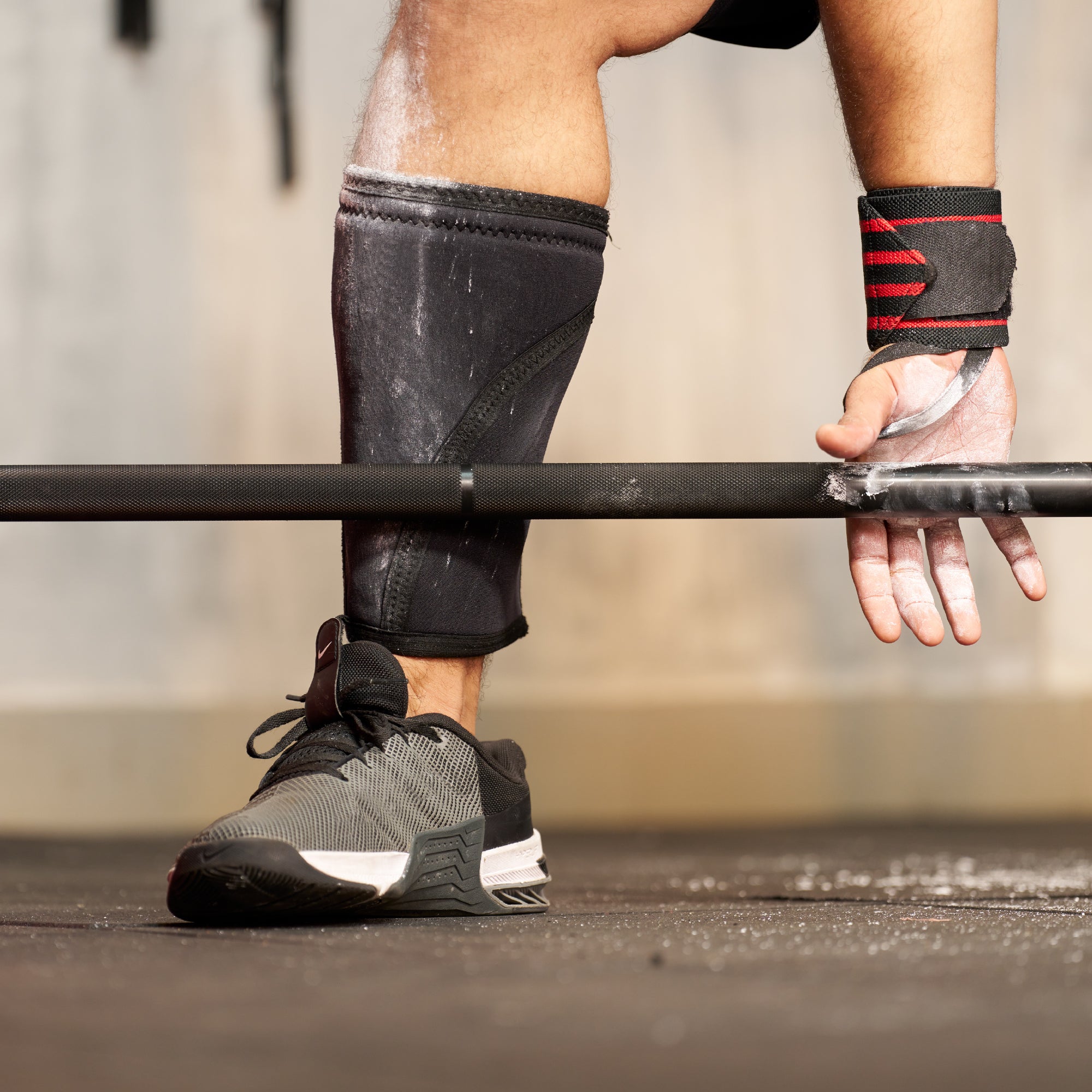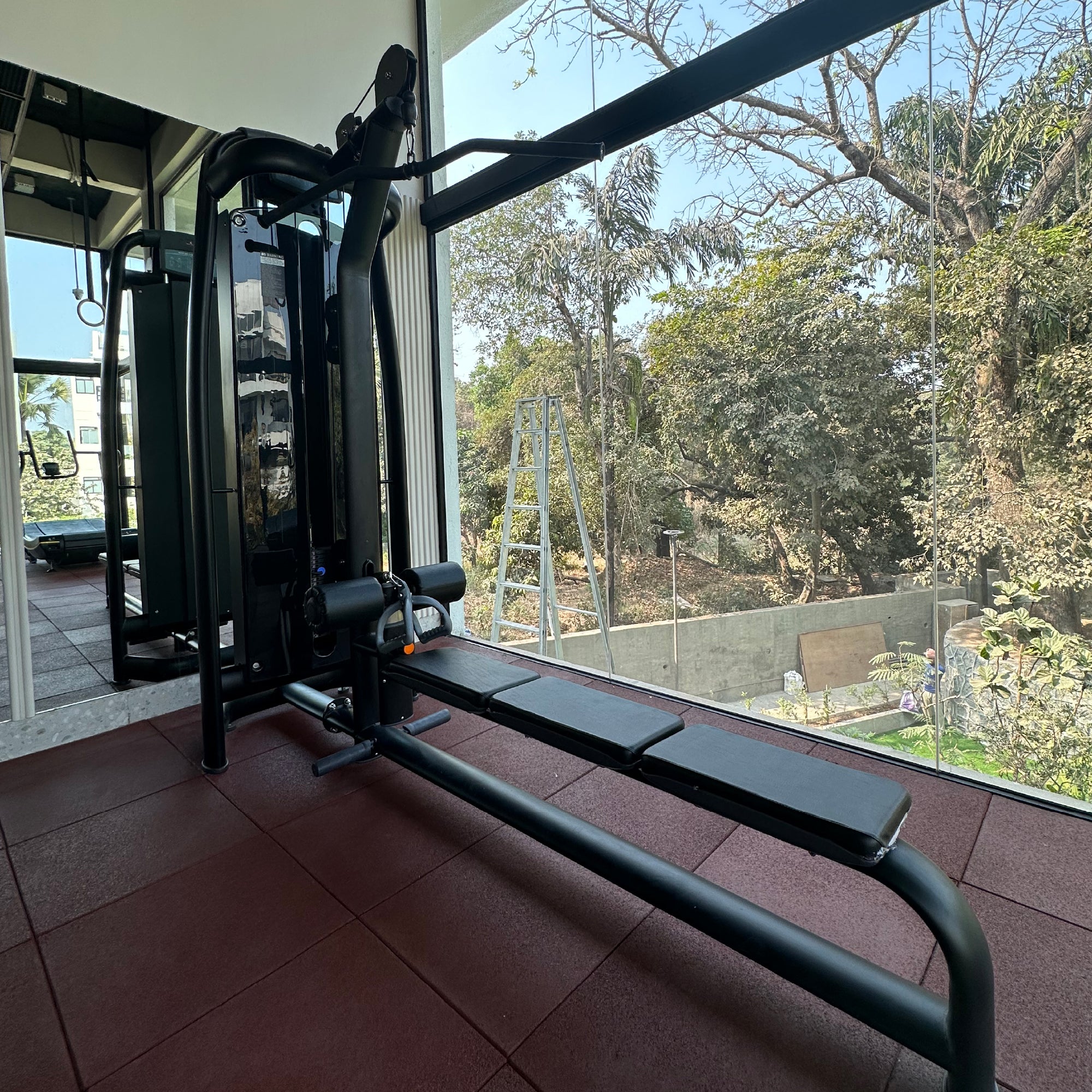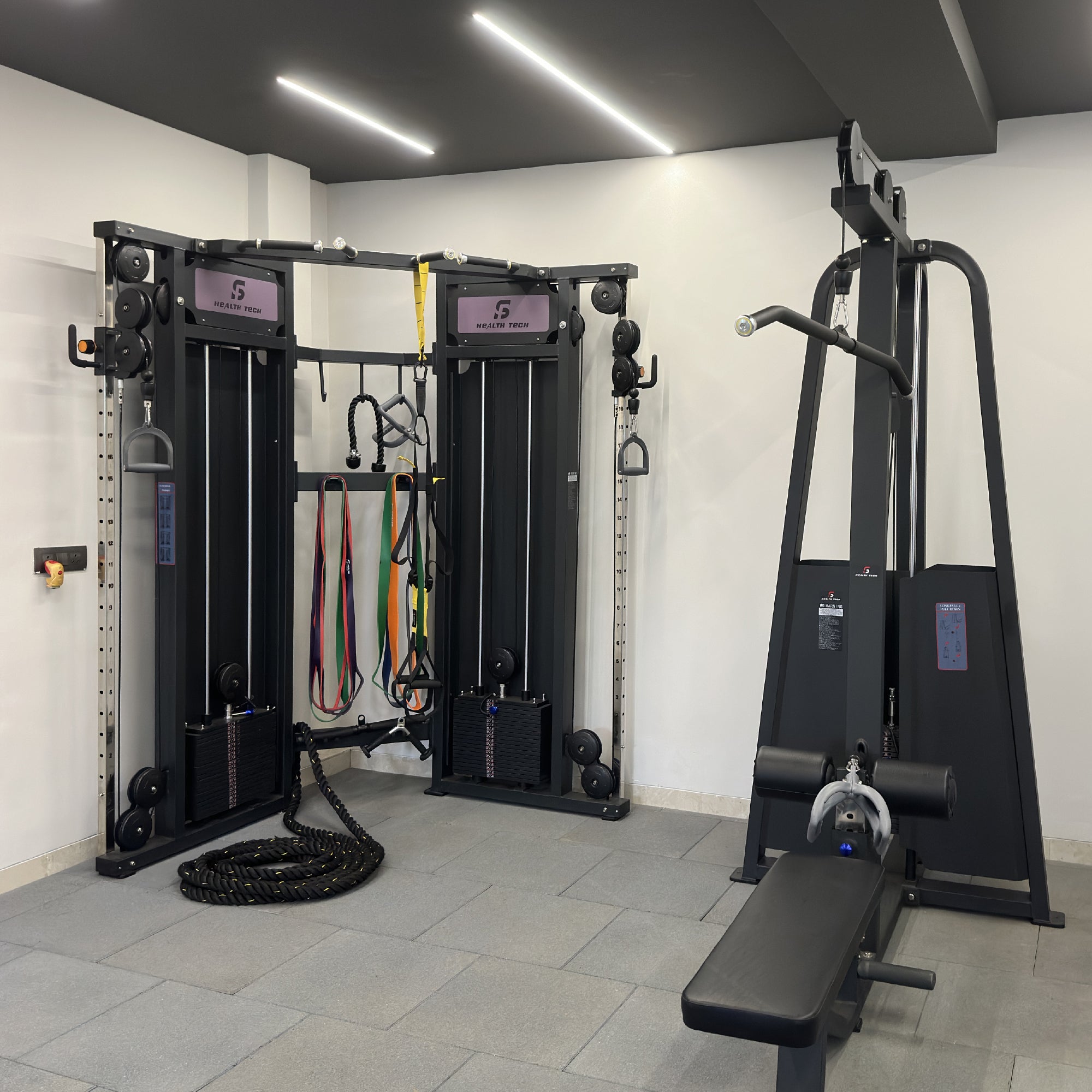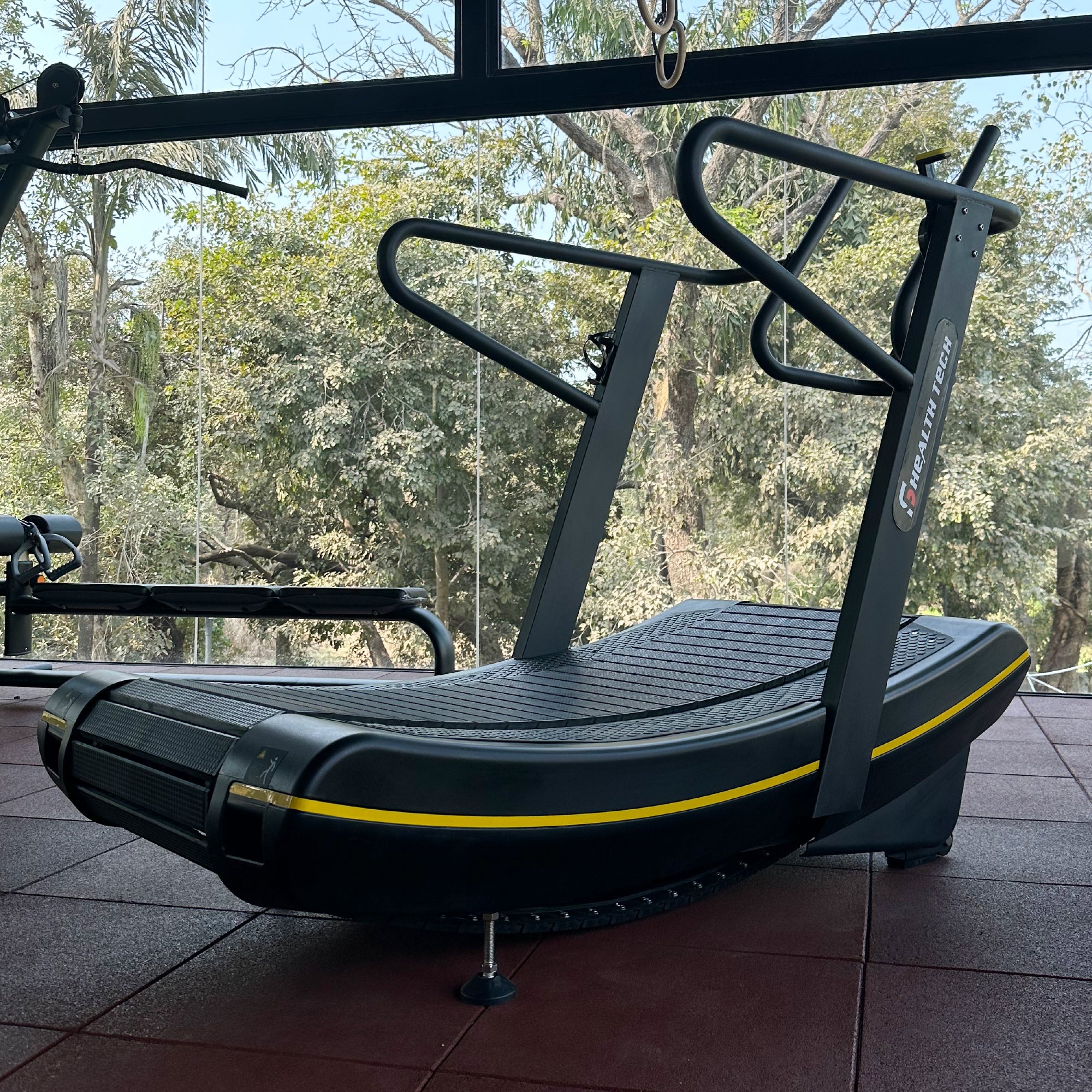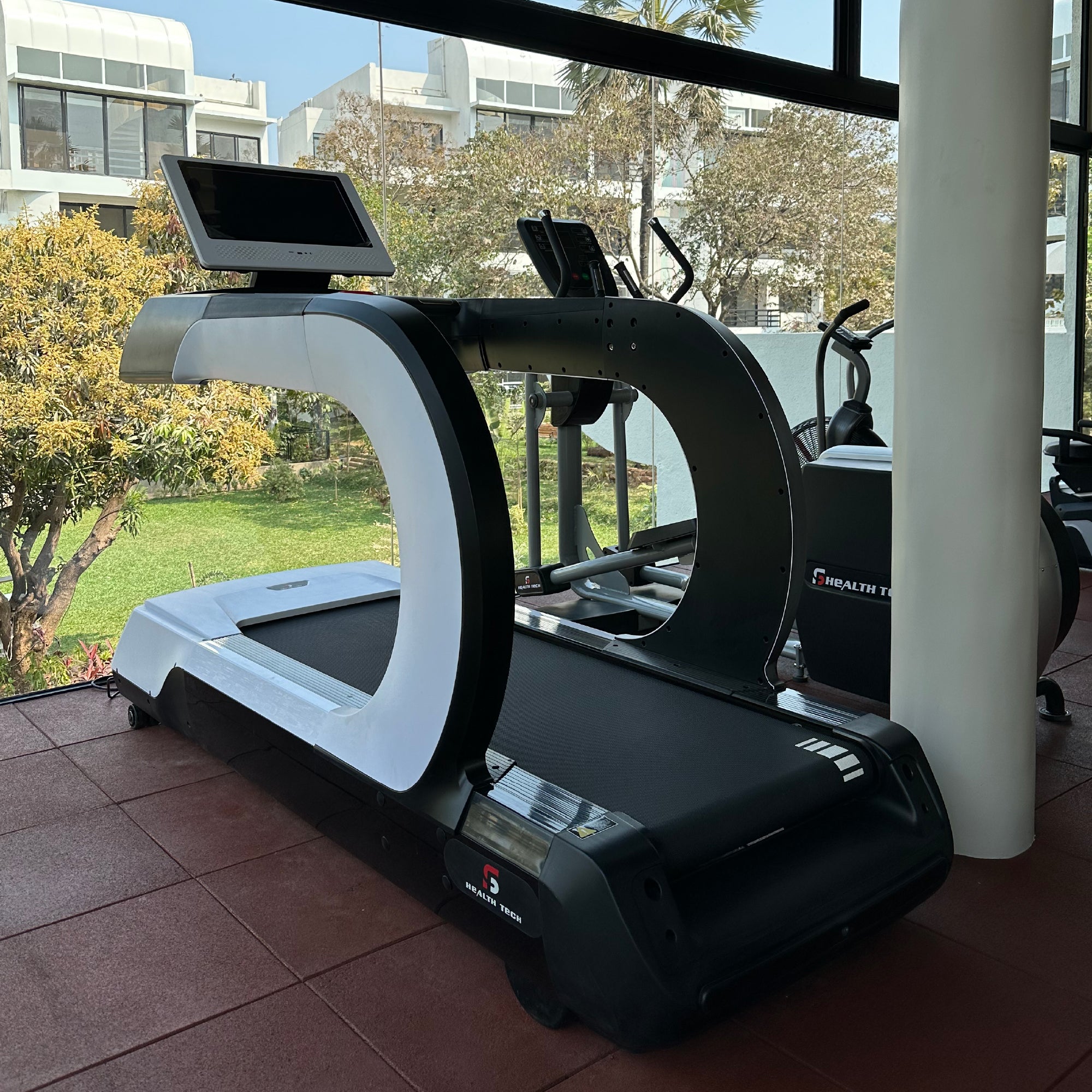Want Bigger Legs? 10 Best Dumbbell Exercises for Legs
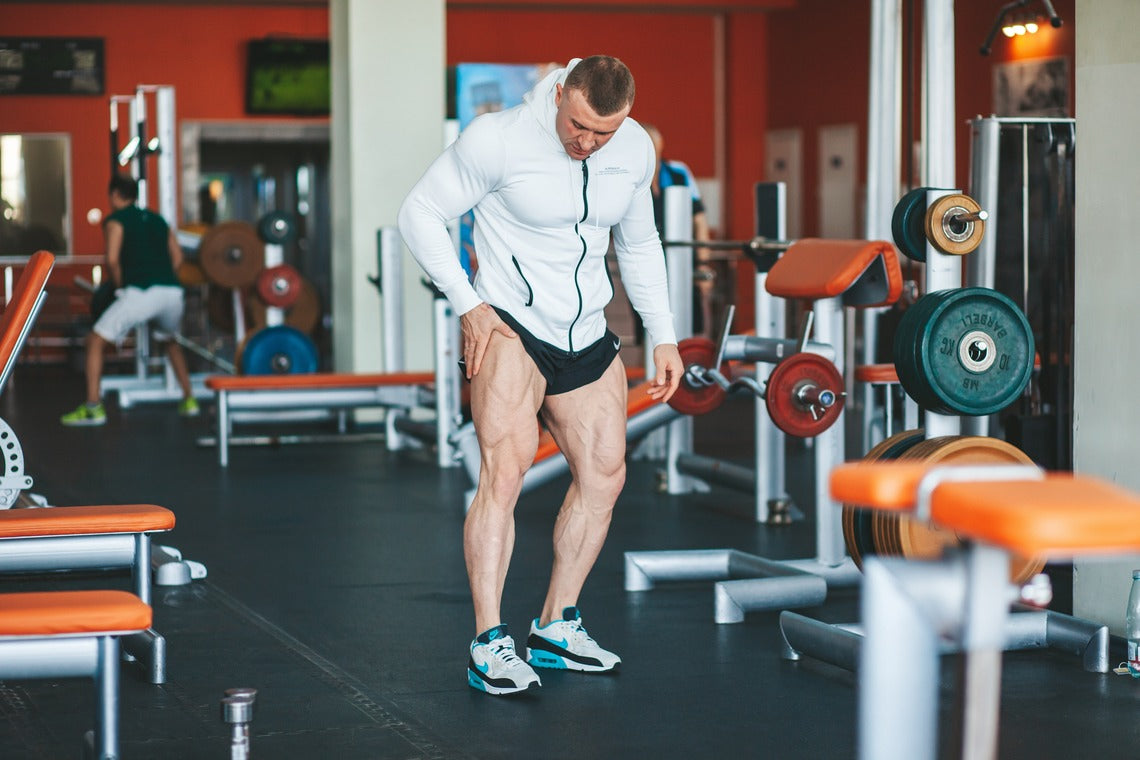
Thinking about "leg day" often brings to mind barbells and big machines. Dumbbells might not be the first thing that comes up. That's fair enough – if your goal is building serious muscle mass and strength, heavy lifts are key, and those are often easier with machines, barbells, or trap bars.
But what about adding more variety to your leg workouts or targeting specific weaknesses? Dumbbells can be a great tool here! They're versatile and can help you reach your fitness goals. Let's explore the benefits of dumbbells for your legs and some great dumbbell leg exercises to add to your routine.
Why Leg Day Is So Important
The phrase "skipping leg day" might be a common joke, but there are good reasons to prioritize training your legs. Strong legs benefit more than just your squats and deadlifts. Let's explore why leg workouts are important.
-
Building a Balanced Physique
Skipping leg day might not lead to an extreme scenario of a massive upper body with stick legs, but it can create a noticeable imbalance. When someone focuses solely on upper body exercises, their lower body development lags behind. This can lead to a lack of overall muscle definition and a mismatch between the upper and lower halves.
For most people aiming to improve their overall fitness and body composition, incorporating leg workouts is crucial.
-
Reduced Back Pain
Another benefit of leg training is potentially reducing lower back pain. Strong leg muscles support your core and improve stability, which can take pressure off your lower back. This can be especially helpful for those who experience back pain during daily activities.
-
Stronger Core
Many leg exercises work your core muscles as well, helping to improve overall stability and strength.
-
Reduced Injury Risk
Strong leg muscles contribute to better overall balance and coordination, which can help prevent injuries throughout your body.
-
Muscle Building
Leg muscles are some of the largest in the body. Training them effectively contributes to overall muscle growth.
-
Improved Performance in Major Lifts
Many exercises rely on leg strength. Even something like the bench press involves your lower body for stability during the push. The same goes for overhead presses – strong glutes help you lift more weight over time.
-
You'll Burn More Calories
The bigger the muscle you work, the more energy your body needs to use it. This translates to burning more calories during your workout. Your glutes and quadriceps are actually the largest muscles in your body. So, exercises that target these muscles can be a great way to boost calorie burn.
What are the Different Muscle Groups of Legs
-
Quads
These are the muscles on the front of your thigh. They help you in many ways, including:
- Keeping your knee stable
- Bending your hips a little
- Standing tall and balanced
- Controlling how you walk (your gait)
-
Hamstrings
These muscles run along the back of your thigh and help you with activities like walking and running. They bend your knees, straighten your legs, and act like a brake to keep your knees from bending too far back. Weak hamstrings are more likely to get injured.
-
Adductors
These muscles run from the lower pelvis to the inner thigh. They help you bend your hip a little, straighten your hip, and keep your knee stable.
-
Abductors
Found on the outer thigh, these muscles run from your upper pelvis down. They help keep your hips and pelvis stable.
Best 10 Dumbbell Leg Exercises
-
Dumbbell Front Squat
The dumbbell front squat involves holding the dumbbells at shoulder level. This puts more pressure on your upper back, quadriceps, and core because the dumbbells are held in front. It's quite similar to a barbell front squat and also works the vastus medialis, one of the quadriceps muscles.
How to Do It:- Lift the dumbbells to shoulder height while keeping your chest up and shoulders relaxed.
- Adopt your preferred squat stance.
- Lower yourself into a squat while keeping your back straight and minimizing how much you lean forward.
- Keep your elbows lifted throughout.
- Once you've reached your desired squat depth, push through your heels to return to the starting position.
- Repeat the movement as needed.
-
Dumbbell Goblet Squats
If maintaining proper form during squats is a challenge for you, trying the goblet variation might help. By holding the weight close to your body, you're encouraged to keep an upright posture, allowing you to focus on your leg muscles. This variation is beginner-friendly and useful during high-repetition sets when form may start to slip.
How to Do It:- Hold a single dumbbell close to your chest.
- Take a deep breath, engage your core, and lower your hips back into a squat.
- Make sure your elbows come in between your knees at the bottom.
- Push back up, exhaling as you rise and squeezing your glutes at the top.
- Repeat. You might find you can do more reps than you expect.
-
Dumbbell Romanian Deadlift
The dumbbell Romanian deadlift is a great alternative to the barbell version. You can use less weight and change how you hold the dumbbells to target muscles differently. It's perfect if you don't have a barbell or want some variety in your workout.
How to Do It:- Stand up straight with your feet shoulder-width apart, holding one or two dumbbells in front of your thighs.
- Keep your knees slightly bent, chest up, and shoulders down. Hinge at your hips until the dumbbells are just below your knees.
- Engage your hamstrings and glutes to return to the standing position.
- Repeat for the desired number of reps.
-
Dumbbell Single-Leg RDL
The single-leg dumbbell RDL is a challenging leg exercise that requires careful execution. When performed correctly, this exercise offers numerous benefits, making it a valuable addition to home glute workouts. These benefits include addressing muscle imbalances, reducing the risk of hamstring strains, improving balance, and promoting glute hypertrophy.
How to Do It:- Hold one or two dumbbells in front or beside your thighs.
- Position one foot on the floor with your toes, while balancing on the other foot and slightly bending your working knee.
- Keep your chest up, shoulders relaxed, and avoid rotating the working hip upwards.
- Hinge at the hips, lowering your torso until it is parallel to the floor while feeling a stretch in the working hamstring.
- Return to the starting position, reset, and repeat the movement.
-
Dumbbell Bulgarian Split Squat
Mastering single-leg exercises can be more challenging than traditional two-legged workouts when done correctly. While balancing may pose initial difficulties, consistent practice will lead to improvement.
How to Do It:- Equip yourself with a dumbbell in each hand and position yourself facing away from a bench.
- Rest the top of your back foot on the bench, adjusting your foot position based on ankle mobility for optimal comfort.
- Alternatively, hold a heavier dumbbell in the hand opposite to your front leg, maintaining balance and stability.
- Lean forward at a 45-degree angle to engage your glutes more intensively than standing upright.
- Concentrate your weight on the heel of your front foot.
- Lower your body towards the ground in a controlled manner, utilizing your front leg to resist gravity.
- Engage your front leg to push back up to the initial position.
- Ensure that the primary effort is exerted by your front leg, avoiding dependency on your back leg for assistance.
-
Dumbbell Weighted Step-up
The dumbbell step-up might seem straightforward, but it's more challenging than it appears. It requires balance and involves a wide range of motion, targeting the glutes and quads effectively. To adjust the difficulty level, you can change the height of the box. This exercise helps improve leg power, which can enhance jumping ability and running speed.
How to Do It:- Stand in front of a box, holding one or two dumbbells at arm's length.
- Put one foot on the box, ensuring you have a solid footing.
- Push through your front foot until your knee is straight, bringing both legs together.
- Slowly lower yourself back down with control, using the non-working leg.
- Repeat the movement, doing all repetitions on one side before switching to the other.
-
Dumbbell Reverse Lunge
The reverse lunge is an exercise that focuses on your hips, which can be gentler on your knees compared to other lunge variations or exercises that target one leg at a time. It's particularly beneficial if you're dealing with knee discomfort. Since it emphasizes hip mobility, it can also enhance your performance in exercises like squats and deadlifts.
How to Do It:- Start by standing tall with your feet hip-width apart, holding one or two dumbbells in a comfortable position.
- Take a step backward with your left foot, either a small step to engage your quads or a larger step to target your glutes. Lower your hips until your right leg forms a parallel position with the floor. Ensure both your front and back knees are aligned and pointing forward.
- Keep your chest lifted and shoulders relaxed. Maintain retracted shoulder blades throughout the movement.
- Push through your right foot to return to the starting position.
- You can alternate sides or complete all repetitions on one side before switching.
-
Dumbbell Side Lunge
The dumbbell side lunge is a great exercise for working your glutes and engaging smaller hip muscles like the gluteus medius and minimus. It also helps stretch your groin muscles, improving hip mobility and reducing the risk of strains. These lunges also help with lateral movement, which can enhance agility.
How to Do It:- Stand with your feet together, holding one or two dumbbells.
- Take a big step sideways with your left leg.
- Bend your left knee and hip, keeping your right leg straight.
- Push off your left foot to return to the starting position.
- Repeat on the other side.
- You can also alternate sides with each repetition.
-
Dumbbell Walking Lunges
These lunges are not just about working your legs; they also challenge your balance, coordination, and core stability. They're excellent for building strong and functional leg muscles, whether you're in the gym or elsewhere. Remember to maintain a strong and upright torso and avoid slamming your knees onto the ground. Discomfort means you need to adjust your form.
How to Do It:- Hold a dumbbell in each hand.
- Step forward with one leg and bend your front knee, ensuring your weight is on your front heel while lowering your back knee toward the ground in a controlled manner.
- Find the right step length; too short and your weight will be on the ball of your foot, too long and you'll rely too much on your back leg.
- Push back up through your front heel, leaning forward slightly (similar to the Bulgarian Split Squat), and bring your back foot forward to meet your front foot. Then switch legs.
-
Dumbbell Calf Raises
Add some variety to your leg workout by including calf raises with dumbbells. This exercise not only works your upper legs but also gives your calf muscles a good workout.
How to Do It:- Stand opposite the calf raise machine with the shoulder pads set at about eye level.
- Place your feet shoulder-width apart and toes pointing forward.
- Bend your knees slightly and position yourself under the pads.
- Put the front of your feet on the machine's base and let your heels hang off the edge.
- Lift your heels and ankles while exhaling, contracting your calf muscles fully.
- Hold the contraction for a moment, focusing on squeezing your calves.
- Keep your legs steady throughout, concentrating on working your calf muscles.
- Slowly lower the weight back down to the starting position while inhaling.
- Lower the weight until your calves are fully stretched.
- Repeat the movement for the desired number of reps, maintaining a controlled pace.
Closing Thoughts
Dumbbells can be a great addition to your leg workouts! They offer a versatile way to mix things up, target specific muscle groups, and build overall leg strength. From familiar exercises like squats and lunges to options like Romanian deadlifts and calf raises, there are many effective dumbbell exercises that can help you reach your fitness goals. So, the next time leg day rolls around, consider giving dumbbells a try!
Frequently Asked Questions (FAQs)
-
Can I get a good leg workout with dumbbells?
Absolutely! Dumbbells are a great tool for building lower body strength. Exercises like lunges, squats, and deadlifts with dumbbells make these classic moves more challenging and effective.
-
What can I use if I don't have dumbbells?
Kettlebells are a great alternative to dumbbells. If you don't have either, get creative! Fill a backpack with heavy objects like books, use water jugs, or improvise with other household items.
-
How often should I train my legs per week?
It depends on the intensity of your workouts. Aim for enough volume (total amount of work done) to stimulate muscle growth, which is usually around 6 sets per exercise. However, most people see good results with leg workouts 2 times per week.


